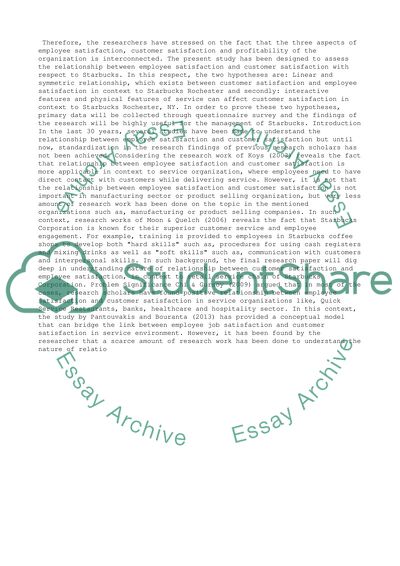Cite this document
(“The impact of employee satisfaction levels on customer satisfaction: Research Proposal”, n.d.)
The impact of employee satisfaction levels on customer satisfaction: Research Proposal. Retrieved from https://studentshare.org/business/1498290-the-impact-of-employee-satisfaction-levels-on
The impact of employee satisfaction levels on customer satisfaction: Research Proposal. Retrieved from https://studentshare.org/business/1498290-the-impact-of-employee-satisfaction-levels-on
(The Impact of Employee Satisfaction Levels on Customer Satisfaction: Research Proposal)
The Impact of Employee Satisfaction Levels on Customer Satisfaction: Research Proposal. https://studentshare.org/business/1498290-the-impact-of-employee-satisfaction-levels-on.
The Impact of Employee Satisfaction Levels on Customer Satisfaction: Research Proposal. https://studentshare.org/business/1498290-the-impact-of-employee-satisfaction-levels-on.
“The Impact of Employee Satisfaction Levels on Customer Satisfaction: Research Proposal”, n.d. https://studentshare.org/business/1498290-the-impact-of-employee-satisfaction-levels-on.


